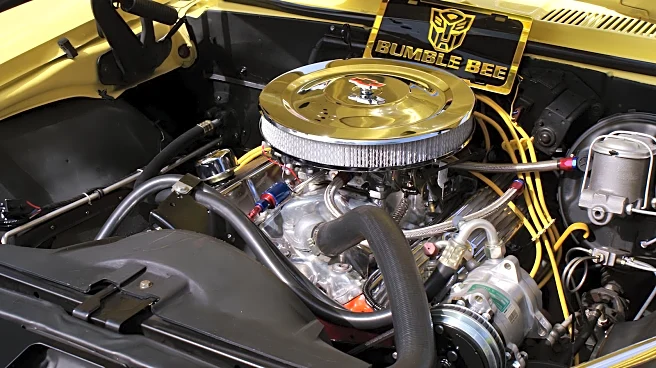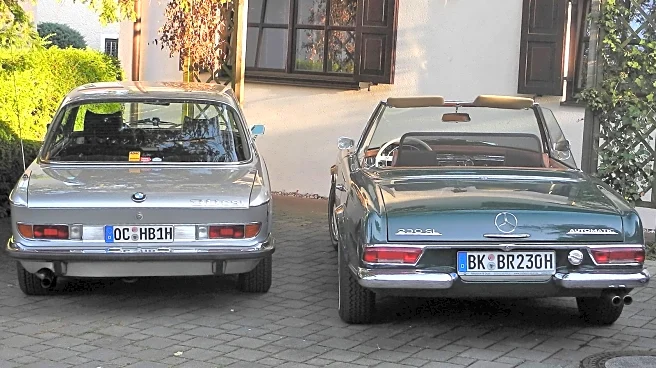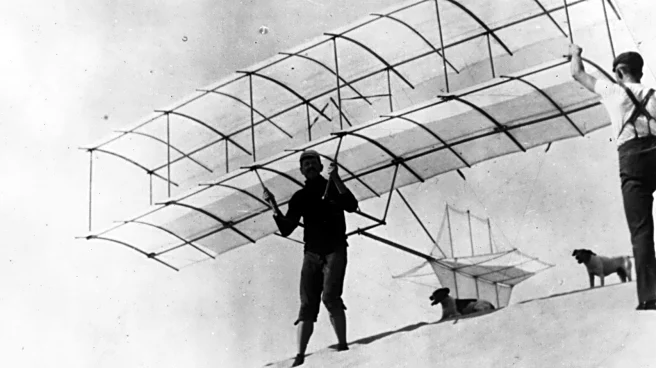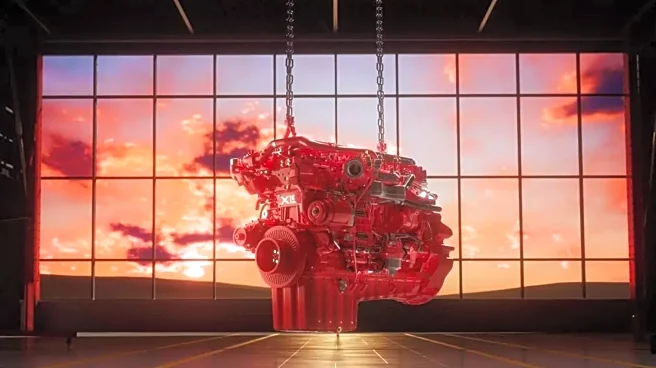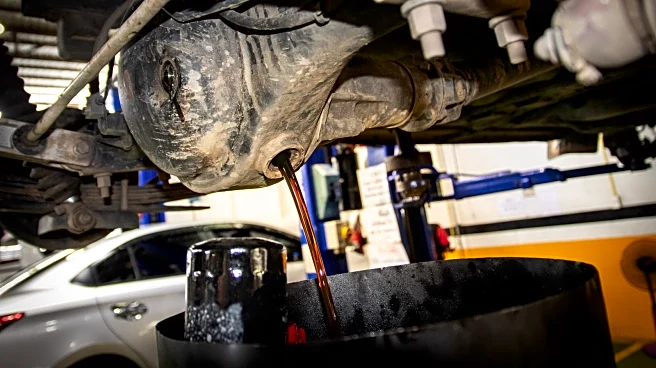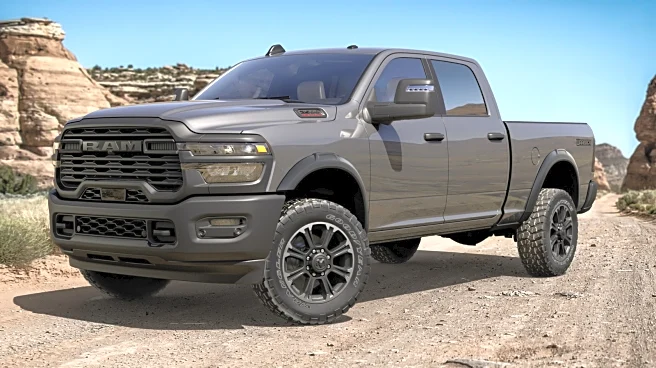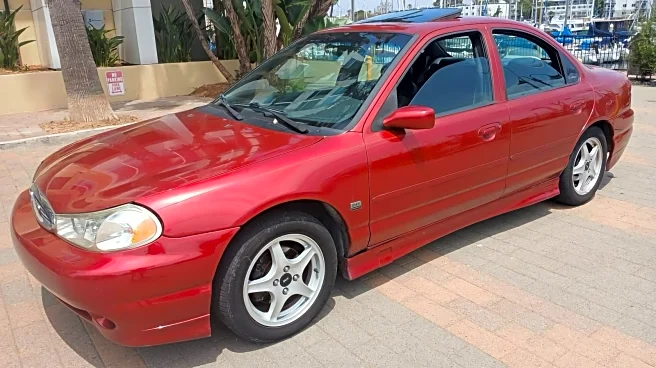
In automotive nomenclature, small-block V8 engines are typically physically smaller than their big-block counterparts, hence the nickname. With some exceptions, the piston bores, stroke, cylinder head ports, and valves are all smaller than their big-block counterparts. That said, some small-block V8 engines are bored and stroked to rival, or even exceed, the displacement of certain big-blocks, although they remain in a more compact package. It's like the old jumbo shrimp oxymoron.
Knowledgeable readers
already knew that the 400 cubic inch Chevrolet V8 would make the list of the biggest small-block engines ever built. Its displacement is larger than some of the lesser big-blocks like Chrysler's 383 and Chevy's own 396 -- although from 1970-onward, the 396 was actually 402 cubes. This large mouse motor was available from 1970 to 1980 in bigger passenger cars and trucks, but in spite of its jumbo bore and stroke, the 400 wasn't really tuned for performance. At it lowest Malaise Era specs, it only made 145 horsepower.
In the mid-2000s, Chevy once again shattered the small-block mold with its whopping 7.0 liter LS7 V8 which found its way under the hood of certain Corvettes. In terms of cubic inches, 7.0 liters is equal to 427 c.i., which happens to be the same displacement as the famed big-block which powered the most ferocious Corvettes -- and some other special-order passenger cars -- of the late 1960s. The 2006 Corvette Z06 with an LS7 produced 505 horsepower, which is actually more than those storied 427 big-blocks of yesteryear.
Read more: Nobody Does Land Yachts Like Cadillac, And These Are Five Of The Best Ones
Ford Also Had A 400 Cubic Incher

We've spent some time discussing Chevy's 400 small-block, but did you know that Ford also had a competing 400 cubic inch small-block V8? Called the 400M, this engine debuted in the early 1970s and seemed promising -- at least on paper. That's because it shared architecture with the performance-oriented Cleveland family of engines such as the 351 Cleveland, which were named after Ford's Engine Plant Number 2 in Ohio.
However, much like Chevy's 400 small-block, the Ford 400M was primarily designed to provide a little extra torque for pushing around land barges and trucks. It was saddled with small, open-chamber cylinder heads and only ever available with a two-barrel carburetor. It accomplished what Ford had in mind, but performance enthusiasts preferred the smaller yet more powerful 351 Cleveland -- a favorite of hot rod engine swaps like the one in this 1923 Ford Model-T.
Besides a litany of boring FoMoCo sedans, the 400M also powered some F-series pickups and second-generation Bronco SUVs. It's worth noting that while the blue oval called this engine a 400, it actually displaced 402 cubic inches which slightly bests the Chevy 400 c.i. V8 of the same era.
Chrysler 360 Cubic Inch LA And Magnum

Chrysler's entry into the biggest small-block sweepstakes doesn't displace nearly as much volume as its Big Three competitors. Still, the Chrysler 360 is more memorable in some ways and certainly of greater interest to performance enthusiasts. The 360 cubic inch Mopar small-block is part of the brand's LA (Lightweight A) series that debuted in 1964. The LA V8s started with a modest displacement of 273 cubes, but later grew to 318, 340, and finally 360 cubic inches.
Chrysler's 360 small-block wasn't released until 1971 and shortly thereafter, its performance started to falter. Like so many other V8 engines from the 1970s and early-1980s, the 360 was choked with primitive emissions devices and lower compression ratios. One exception to the lackadaisical 1970s 360 was its use in Dodge's 1978 L'il Red Express muscle truck -- a vehicle deemed one of the most American ever.
See, initially, pickup trucks were exempt from stricter emissions rules that afflicted cars. This allowed Dodge to crank up the L'il Red Express' 360 to a then-impressive 225 horsepower -- more than the Chevy Corvette's optional L-82 engine. In a Car and Driver test, it was the fastest American car to accelerate from 0 to 100 MPH that year.
In 1992, the mundane 360 got a serious glow up with electronic fuel injection, a higher compression ratio, better breathing cylinder heads, and a new name -- the 5.9-liter Magnum V8. The 5.9L Magnum was the top-dog engine option in Chrysler, Dodge, and Jeep trucks and SUVs until the third-gen Hemi splashed onto the scene in 2003.
Want more like this? Join the Jalopnik newsletter to get the latest auto news sent straight to your inbox...
Read the original article on Jalopnik.


